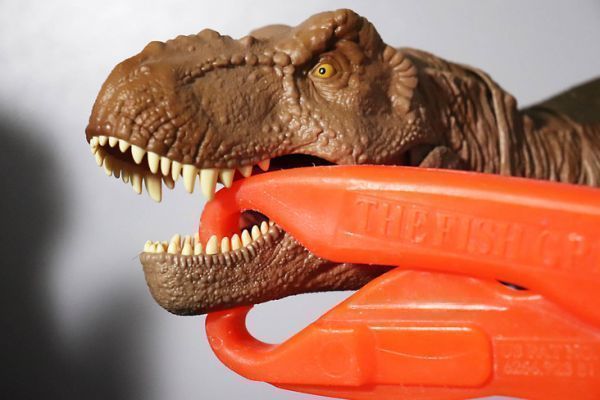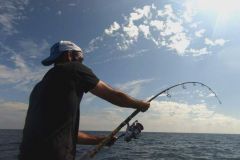Plastic VS Metal
The plastic used to build the fish grip allows for a pliers that is not affected by rust or sand grains, whereas these grains can interfere with the operation of conventional metal models.
Moreover, the plastic is light, and allows to have a clamp that is about 250 grams, easy to carry.
Another advantage of plastic is that it floats! So if you ever drop it, you can retrieve it on the surface.
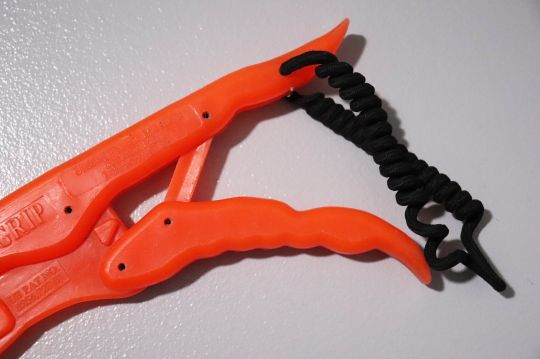
After so many advantages, there are still some disadvantages, or rather, aspects that are not as good as the metal version.
Its jaw is not as effective as the traditional metal pliers, and it is more difficult to catch a fish with it. It does not rotate, so when a fish turns on itself it is not ideal to accompany it in its movement.
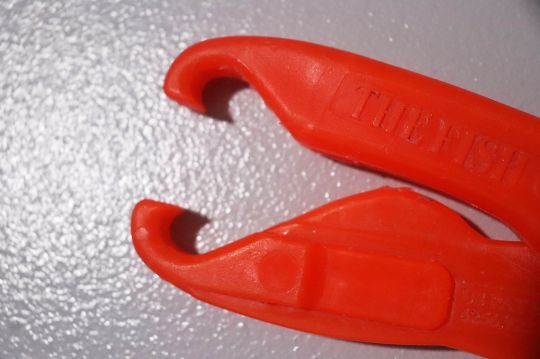
However, it is less aggressive to the fish and does not pierce its mouth if misused.
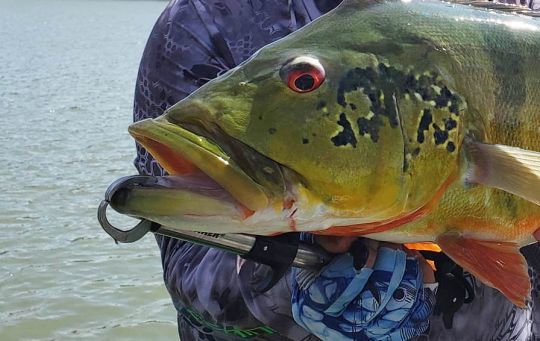
The use of this type of pliers is done with one hand, but it remains more complicated and slow to execute, compared to the sliding system of metal pliers.
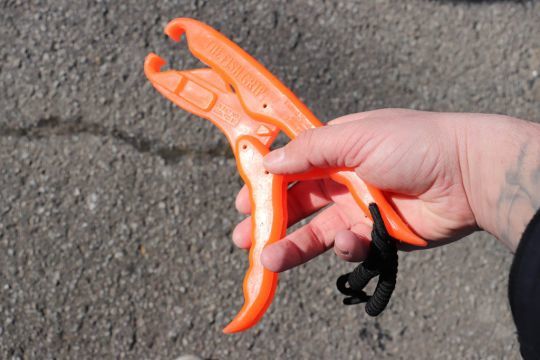
Use of the plastic fish grip
These plastic pliers are less versatile than the metal ones. It is best used on toothless fish with large mouths, such as bass and black bass, or red fish, baby tarpon and peacock bass for travelers.
On fish with teeth, such as pike, it sits awkwardly in position, and even if there is room for teeth, it can still break some.
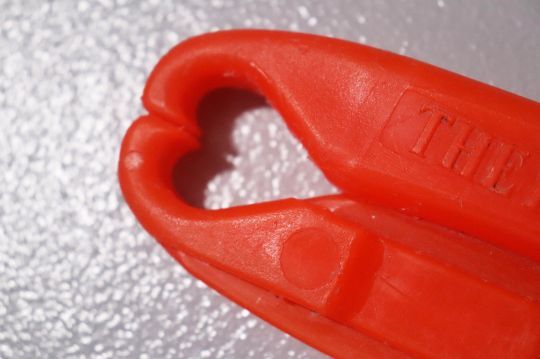
Therefore, I do not recommend it for this type of fish, or at least, it should be reserved for exceptional and not systematic use.
For example, as a last resort, to protect yourself from improperly positioned treble hooks or to give yourself time to learn how to handle a new species.
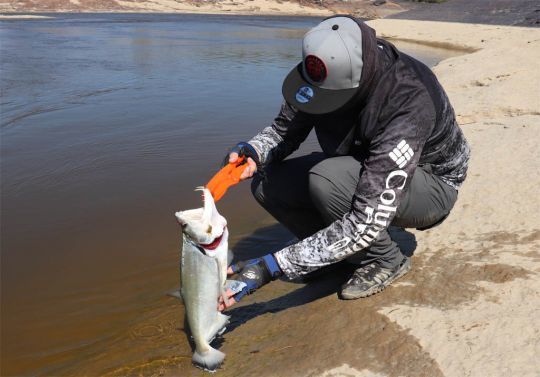
On the other hand, these pliers are also very useful and important to control a dangerous fish, such as a stonefish or a snapper, and their venomous spines.
Where to find them?
Several brands offer plastic pliers for sale, such as Flashmer, HPA, Savage Gear or Rapala, with an affordable price, which is around 10 to 25 euros. Models of different sizes are also available, for both standard and small fish.
In the end, this fish grip has a good number of points in its favor, even if you should not abuse it, and use it only when necessary. It has the advantage of being light, cheap, less harmful for the fish and more durable!
Whether you are inexperienced in gripping a fish or want to have a claw for safety, a plastic version of the fish grip allows you to grip certain species of fish safely, for the angler and for the fish!

 /
/ 